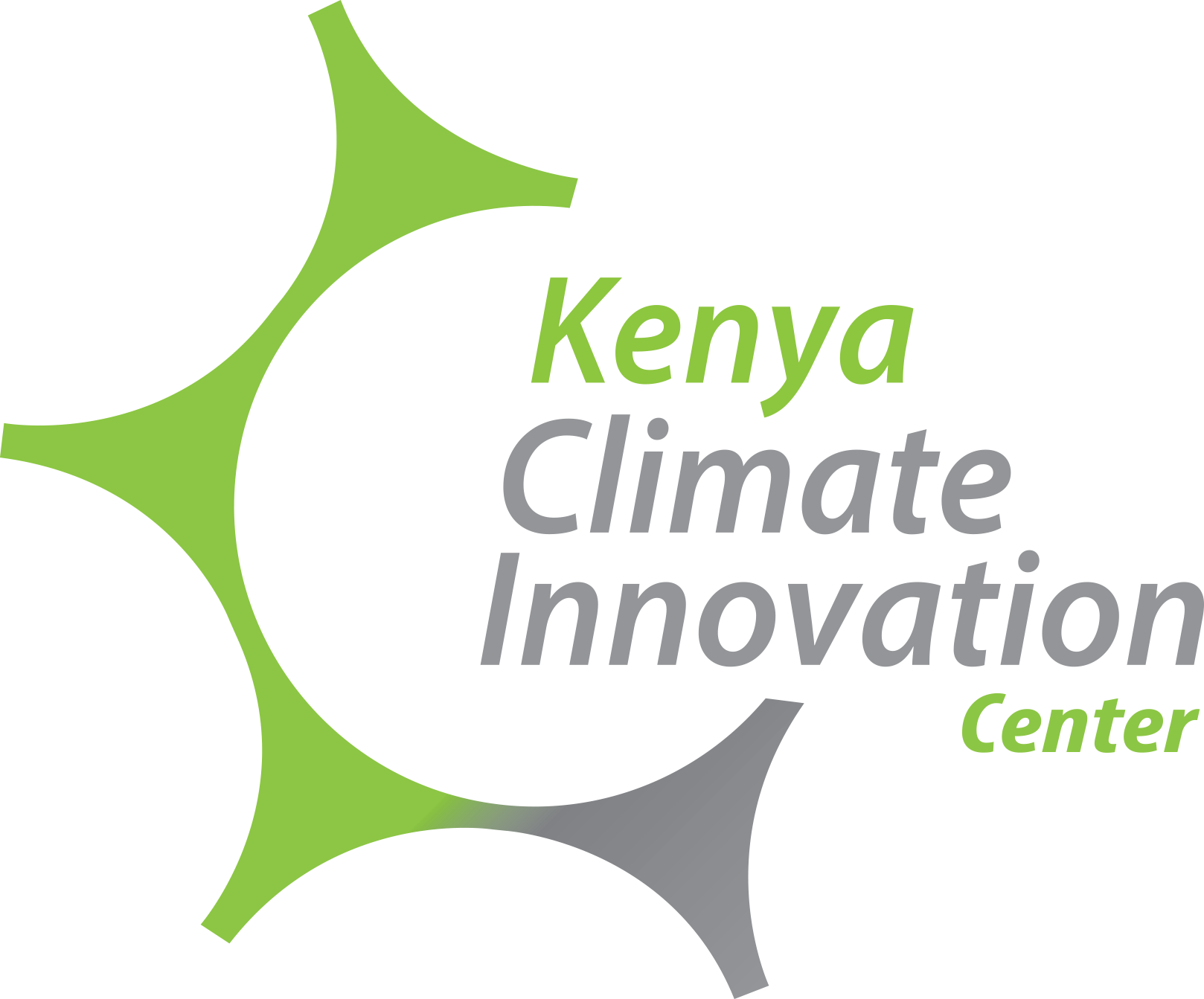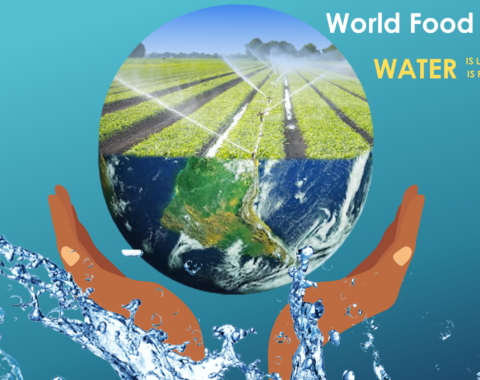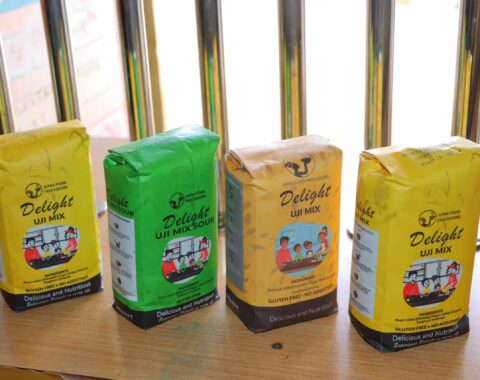Inferring from global demographics, it is conclusive to say that the mortality rates are declining as a result of increasing living standards that closely relate to the industrial revolution. Consequently, the world’s demand for resources has increased, among them food. As a result of unmet food security and nutrition targets amidst the burgeoning human population, about 820 million people have insufficient to eat, with a noted epidemic of overweight and obesity.
Unlike the ideal pro-agrarian revolution factors of extensive farmland, water, and favorable climate, today’s global food productivity is marred by a dire constraint of the same resources. First, agriculture accounts for 70% of global water usage. Unfortunately, about 30% of the food produced is wasted, escalating both the global water and hunger risks. Secondly, 30% of farmlands are degraded rendering them less productive in a more demanding environment. Lastly, the world is in an environmental crisis of climate change that has greatly cut down on food production amounts.
To realize the ambitions of zero hunger and good nutrition for all by 2030, the global community has to rightly invest. One such innovative approach is the growing idea of vertical farming.
In practice, vertical farming is factory size food production on vertical racking’s that make use of controlled environment agriculture technology (CEA). Commonly referred to as aero farms, in the physical layout, they are housed surfaces closely packed to optimize space. The key growing conditions light; temperature, minimal water and growing media, are internally controlled thus insulating the system from disruptions of changing weather and climate patterns.
Related article: Green economy with advanced technology: Hydroponics farming
Aero farms’ energy requirements are met through renewable energy sources that are recyclable such as solar. Some farms use efficient light-emitting diodes (LED) of either blue or red colors that are equally economical. Much of the water used is harvested from the rain and is sufficient since aero farms use 95% less water than conventional farmlands. This facilitates closed-cycle operations. The growing media is either aeroponic, aquaponic or hydroponic that in essence are support structures (membranes, husks or cloth made from 100% recycled bottles) that are soaked in nutrient-rich solutions.
The set up allows for process optimization through the fine-tuning of the growing conditions to the right amounts. The yield is not only of superior taste, higher quality with enhanced flavor but also is of multiple times lower carbon footprint. Food loss to preying birds and insects is drastically averted, with very minimal use of pesticides, if any, thus improving the quality of produce.
Read also: Ukulima Tech sets up farming systems in South Sudan
Going by global projections that 70% of the human population will live in urban areas, we expect a worst-case scenario of elaborate food transportation networks that lead to carbon emissions and food loss. However, with aero farms, unlike conventional farmlands that are quite a distance from populations that consume much of their produce, they can be set right inside the urban areas thus offsetting transportation needs. Vertical farming is fulfilling healthy dietary needs in a sustainable, cost-effective and efficient manner and may hold the future of food production.
By Arnold Muthanga












